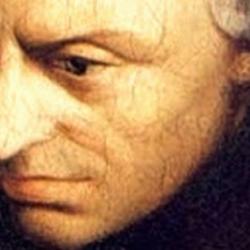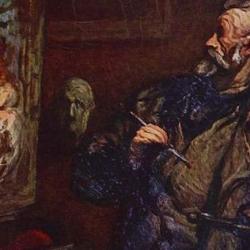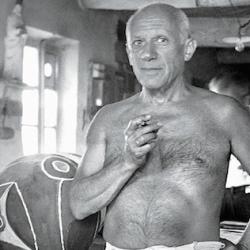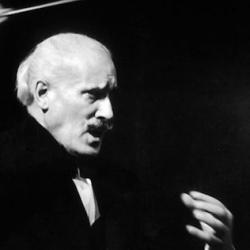Thomas Mathews ( The Clash of Gods: A Reinterpretation of Early Christian Art (Princeton Paperbacks) ) claims that since the work of Kantorowicz, Andreas Alfoldi, and Andre Grabar, interpretations of early Christian art have been dominated by the “emperor mystique.” As summarized by Grabar, the theory is that the history of Christian art is divided by the conversion of Constantine. Prior to Constantine, “Christian images consisted of one or two figures referring to some biblical event.” After, in Grabar’s terms, “All the ‘vocabulary’ of a triumphal or Imperial iconographical language was poured into the ‘dictionary’ which served Christian iconography.”
Mathews just doesn’t see it, and he thinks that each of these scholars is influenced by his own nostalgia for empire.
Depictions of the triumphal entry of Jesus, for instace, have few of the specific details of a Roman triumph; in his dress and demeanor, Jesus resembles a Roman “gentleman” far more than an emperor. That is no more accurate as a depiction of the actual event than an imperial procession, but Mathews argues that this scene and other biblical scenes were little influenced by imperial iconography.
The story of early Christian art, rather, is the story of the clash of images of gods. He juxtaposes muscular, relaxed depictions of Jupiter and Hercules with what he calls “fragile and nervous . . . bearless and adolescent” pictures of Jesus as a shepherd or seated at table with his disciples. Somehow the “fragile” Jew conquered the buff Roman god. Concentration on the Emperor Mystique has distracted from the central story of art history: “In terms of its consequences for human history, the downfall of Jupiter was far more momentous than the downfall of either Maxentius or Licinius,” Constantine’s rivals in West and East respectively. (Licinius, he notes, issued the last known coin depicting Jupiter, in 321-2, two years before Constantine defeated him.)











